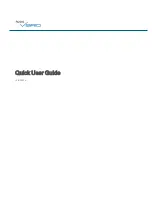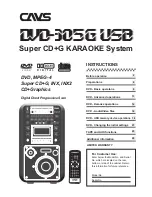
*
Denotes more detailed explanation of function to follow.
Further Controls Explained
TIG HF/ Lift Ignition Modes (10,11)
For TIG welding process, contact of the torch tungsten to the workpiece will cause contamination
of the tungsten and the workpiece that will adversely affect the weld quality, especially when the
tungsten is electrically energised.
HF Ignition
(High Frequency) sends a pulse of high
energy electricity through the torch system that
is capable of ‘jumping’ between the tungsten and the workpiece, ensuring arc starting without any
contact between the tungsten and workpiece. The disadvantage of HF ignition is that the high ener-
gy electrical
pulse creates significant electrical and radio signal interference, which limits its use
around sensitive electronic equipment such as computers.
Lift TIG Ignition
is a compromise that minimises tungsten contamination while eliminating the
electrical interference of HF start systems. Lift arc starting works by lightly resting the tungsten
on the work piece, activating the torch trigger signal and then lifting the tungsten off. The control
circuit will sense when the tungsten is removed from the work piece and send a low powered pulse
of electricity through the tungsten that will cause the TIG arc to initiate. Because the tungsten is not
‘live’ when it is in contact with the work, contamination is minimised.
TIG 2T/4T Trigger Control (12)
2T mode the trigger is pulled and held on to activate the welding circuit, when the trigger is
released, the welding circuit stops. 4T is known as
‘
latching
’
mode. The trigger is pulled once and
released to activate the welding circuit, pulled and released again to stops the welding circuit. This
function is useful to longer welds as the trigger is not required to be held on continuously.
TIG
series of welding machines also has more advanced current controls that can be used in 4T mode.
Alarm Indicator (17)
Lights when over voltage, over current or electrical overheating (due to exceeding duty cycle) is
detected and protection is activated. When protection is activated, welding output will be disabled
until the safety system senses the overload has reduced sufficiently and indicator lamp goes out.
May also trigger if machine experiences an internal power circuit failure.
Digital Multifunction Display (18)
13
www.strata.co.nz
EZITIG 205DC














































